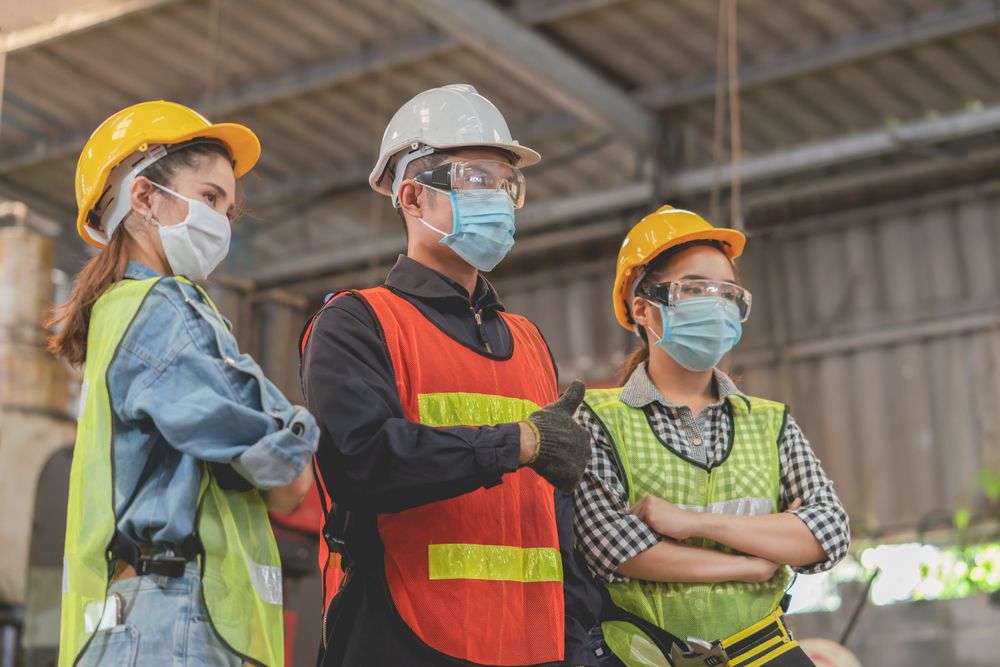
General Tips For Staying Safe At Work
Workplace health and safety is a big deal for both employers and employees. Employers are required by law to adhere to both provincial and federal occupational health and safety regulations. Employees are required to abide by the health and safety rules set by their employer.
Throughout the course of daily operations, it can be easy for both workers and managers alike to lose focus and stop paying attention to health and safety policies. This is when accidents happen, people get injured, and company workforces lose productivity.
It is important for everybody in the workplace to always be diligent to be able to reduce the risk of illnesses or injuries at work. Your employer should have a complete understanding of their health and safety practices and policies, and should fully train you on them. Beyond that, it is good to have general knowledge about ways you can keep yourself and your coworkers safe on the job. Read on for our general tips to follow.

- You need to know the risks that your particular job entails. That way, you can take the necessary steps to stop such injuries or such illnesses that can possibly happen. Speak with your employee representatives on the joint health and safety committee. They will have expert knowledge of the risks involved with your job and how to mitigate them.

- Try to lessen your stress in the workplace. Stress is much more damaging than people think. It can lead to a long list of problems, such as lack of concentration, lack of sleep, depression and more. You may experience stress because of the pressure placed on you at work, the lengthy work hours, conflicts within the workplace, etc.

- Now and then, take a quick break. Be sure to do some stretches, and drink some water. Doing this can help you to stay awake and alert, causing you to be less likely to sustain injury due to exhaustion. It is also a great way to reduce stress.
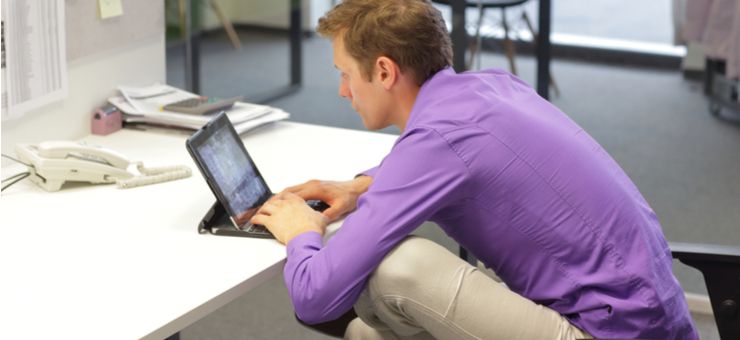
- Don’t stop abruptly, make sudden twisting motions or hold awkward positions for an extended period of time. Make use of the ergonomically designed furniture or equipment provided to make your work tasks easier, and less strenuous on your body. Consult with your joint health and safety committee for safer ways to perform your duties, or concerns about the equipment you have been provided.

- Try to use mechanical aids whenever you can. They are meant to make work easier. Use equipment like a conveyor belt, cart, pallet jack, or forklift to help you move a heavy object.
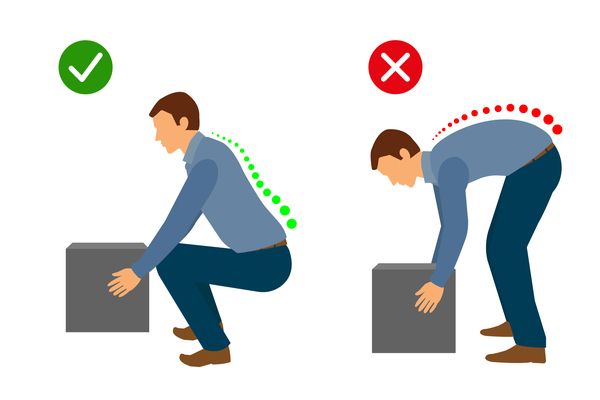
- Always protect your back by keeping heavy loads close to the core of your body and using your leg muscles while keeping your back straight to lift heavy objects. Never lift a heavy object with your back. Ideally, you should use some form of load bearing equipment to handle the weight. That way, heavy weights don’t need to be supported by your back, reducing your risk of injury. If you have to lift a heavy object without any load bearing equipment to help you, consider asking a coworker to help you lift and carry the object.
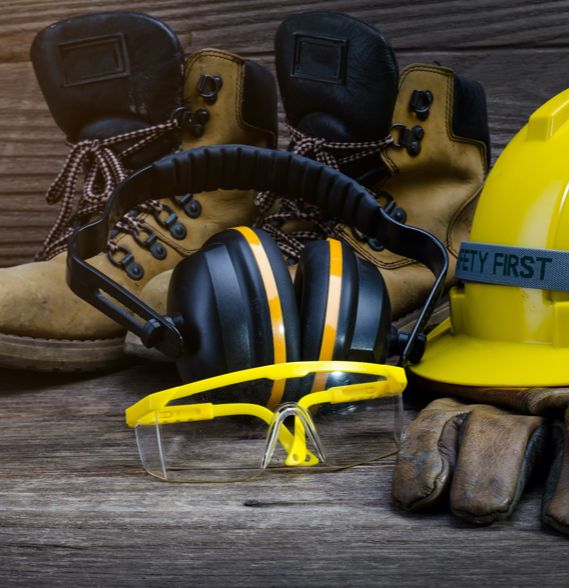
- Use the protective gear meant for the task. Employers are required to provide personal protective equipment to reduce the risk of injury or illness caused by a workplace hazard that can’t be fully removed.
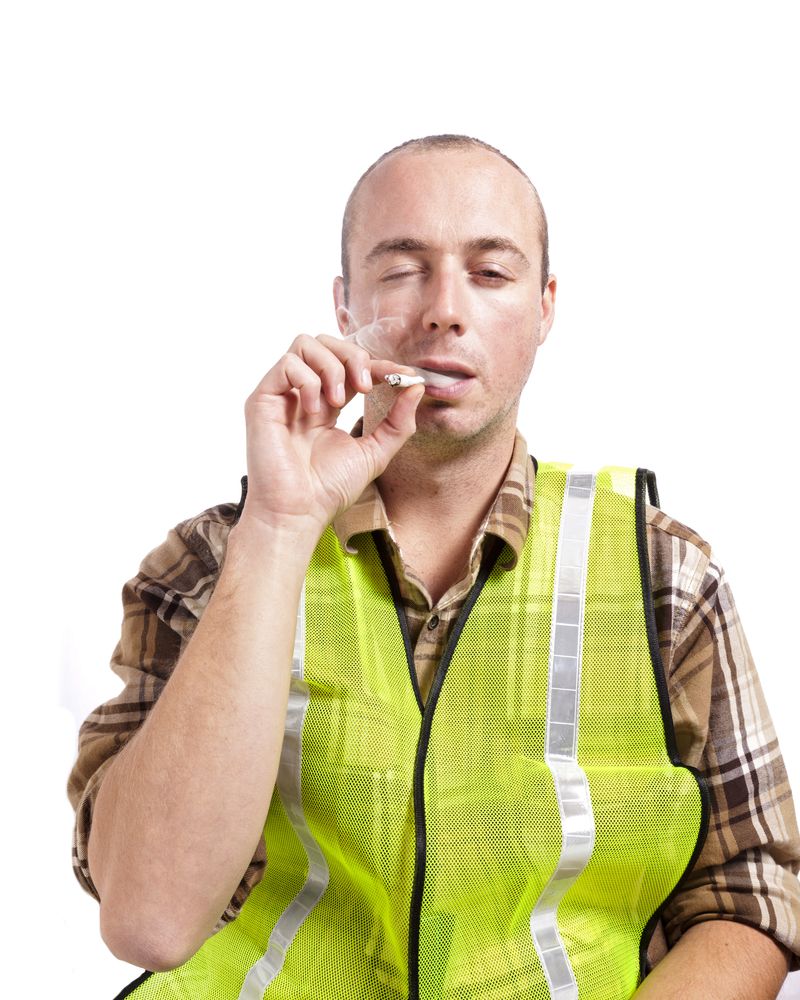
- Don’t use alcohol or drugs when you have to work. They will impair your perception, judgement, spatial awareness, reaction time and motor skills. This puts you at an extremely high risk of sustaining serious and potentially life-threatening injuries, or causing them for one of your coworkers. Workers under the influence of alcohol or drugs have been found to be the key factor in about 3% of workplace deaths.
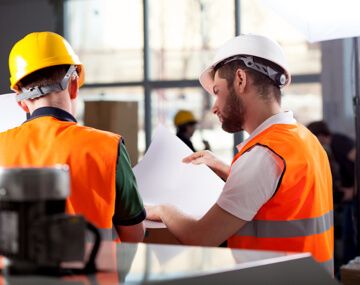
- Speak to your joint health and safety committee or your HR manager about any concerns you have in relation to safety hazards and risks you find in your workspace. It is their job to identify, document, and mitigate or remove any risks or safety hazards in the workplace.

- You have rights and you should know them. You can reach out to organizations (such as us) to get information or advice on any of your concerns in relation to workplace safety issues.
A safe work place is crucial for both employers and employees. Ensuring that your workplace has the right safety procedures and policies for things such as working at heights, first aid CPR, confined space entry, as well as things like WHMIS-GHS all help to create a great work environment that is safe and productive. Since Advanced Consulting and Training Ltd.’s founding, our diverse team of certified health and safety professionals have taken great pride in their ability to deliver prompt, cost-effective and relevant workplace health and safety solutions. As a Technical Standards and Safety Authority accredited, and Workplace Safety & Insurance Board approved provider, we are able to provide expert advice, consulting, training and certifications on any specific subject of workplace health and safety. Contact us today! We look forward to discussing how ACT can help with your company’s occupational health and safety requirements.

